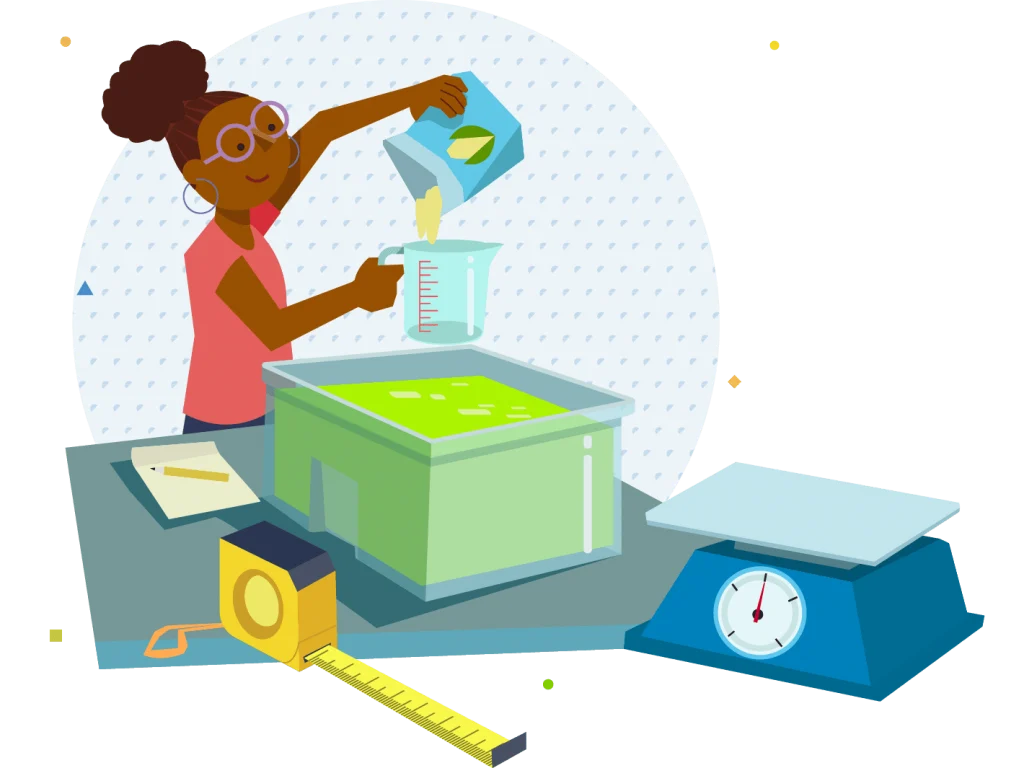
Tackling real-world questions as a path to math success
In previous posts, we’ve established that problem-based learning sets ¼â½ÐÊÓƵapp up for long-term success. We’ve shown that problem-based lessons introduce ¼â½ÐÊÓƵapp to interesting and often real-world problems or tasks, and described the key role teachers play in putting problem-based learning into action.
In this post, we’ll look more closely at how teachers can support ¼â½ÐÊÓƵapp engaging in problem-based learning, even when the ¼â½ÐÊÓƵapp do much of their work together in groups.
You can read the first post in this series here and the second post here.
Teachers transfer learning responsibility to ¼â½ÐÊÓƵapp
In a problem-based lesson, ¼â½ÐÊÓƵapp are introduced to a handful of interesting and often real-world problems or tasks that can be worked out by referencing background knowledge, previously learned content, and newly provided information.
With problem-based learning, teachers transfer the responsibility of the actual learning to ¼â½ÐÊÓƵapp. Teachers set up the activities and lessons, then ¼â½ÐÊÓƵapp are given the right information and scaffolds to make sense of math concepts and opportunities to practice and apply their learning.
These problems are designed to get ¼â½ÐÊÓƵapp thinking—and talking together—about solutions. This way, ¼â½ÐÊÓƵapp begin to grapple with math content and grasp math language development.
During class, the teacher’s role is to observe ¼â½ÐÊÓƵapp, ask questions, select and share student work, and help ¼â½ÐÊÓƵapp synthesize their learning at the end of the lesson. That’s where teachers help ¼â½ÐÊÓƵapp apply new insights and conceptions to their bigger-picture understanding of the math at hand.
When ¼â½ÐÊÓƵapp do need to be taught a process directly, teachers can shift from conceptual to procedural instruction. (For example, after making sense of adding signed rational numbers, ¼â½ÐÊÓƵapp practice to gain fluency.) In these moments, the problem-based structure is focused more directly on producing answers and debugging procedures than on new sense-making.
Problem-based math teaching aligns with NCTM practices
The highest quality problem-based lessons embody all eight of the NCTM Teaching Practices. These are:
- Establish mathematics goals to focus student learning.
- Implement tasks that promote reasoning and problem solving.
- Use and connect mathematical representations.
- Facilitate meaningful mathematical discourse.
- Pose purposeful questions.
- Build procedural fluency from conceptual understanding.
- Support productive struggle in learning mathematics.
- Elicit and use evidence of student thinking.
How ¼â½ÐÊÓƵapp Math can help teachers
We started with a world-class problem-based curriculum (Illustrative Mathematics’® IM K–12 Math™) and made changes to help educators implement engaging problem-based core curriculum for ¼â½ÐÊÓƵapp. ¼â½ÐÊÓƵapp Math helps shift to planning and teaching problem-based lessons, tracking student progress, and differentiating instruction based on real-time data. We’ve made the math problems more exciting and relevant for all ¼â½ÐÊÓƵapp, thus making it easier for all ¼â½ÐÊÓƵapp to become active participants in their learning.
